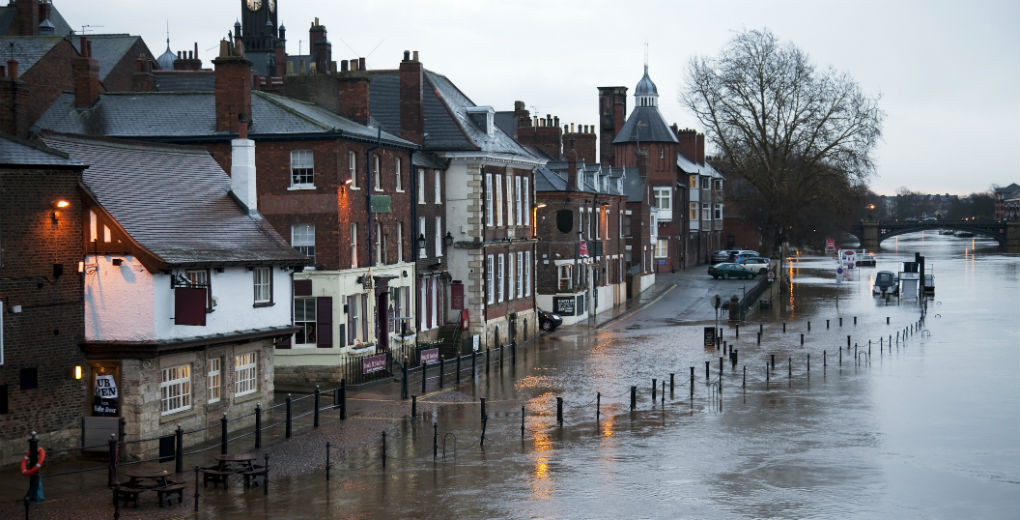How to prepare for a storm
- Secure loose objects in your grounds – such as ladders, furniture or anything else that could be blown into windows and other glazing
- Close and securely fasten doors and windows, particularly those on the windward side of the building and especially large doors such as those on garages
- Park vehicles in a garage, if available; otherwise keep them clear of buildings, trees, walls and fences
- Close and secure loft trapdoors with bolts, particularly if roof pitch is less than 30°
- If your building is fitted with storm shutters over the windows then ensure that these are closed and fastened
What to do during a storm
- Stay indoors as much as possible
- If you do go out, try not to walk or shelter close to buildings and trees
- Keep away from the sheltered side of boundary walls and fences — if these structures fail, they will collapse on this side
- Do not go outside to repair damage while the storm is in progress
- If possible, enter and leave your building through doors in the sheltered side, closing them behind you
- Open internal doors only as needed, and close them behind you
- Do not drive unless your journey is really necessary
- Take care when driving on exposed routes such as bridges, or high open roads, delay your journey or find alternative routes if possible
- Slow down and be aware of side winds, particular care should be taken if you are towing or if you’re driving a high sided vehicle
- Do not park cars near any seafront area as damage by waves and shingle blown from a beach can cause significant damage
- Do not stand too near any seafront areas. The large waves are a danger
After the storm
- Be careful not to touch any electrical/telephone cables that have been blown down or are still hanging
- Do not walk too close to walls, buildings and trees as they could have been weakened
- Make sure that any vulnerable neighbours or relatives are safe and help them make arrangements for any repairs
Credit: Ansvar Insurance




